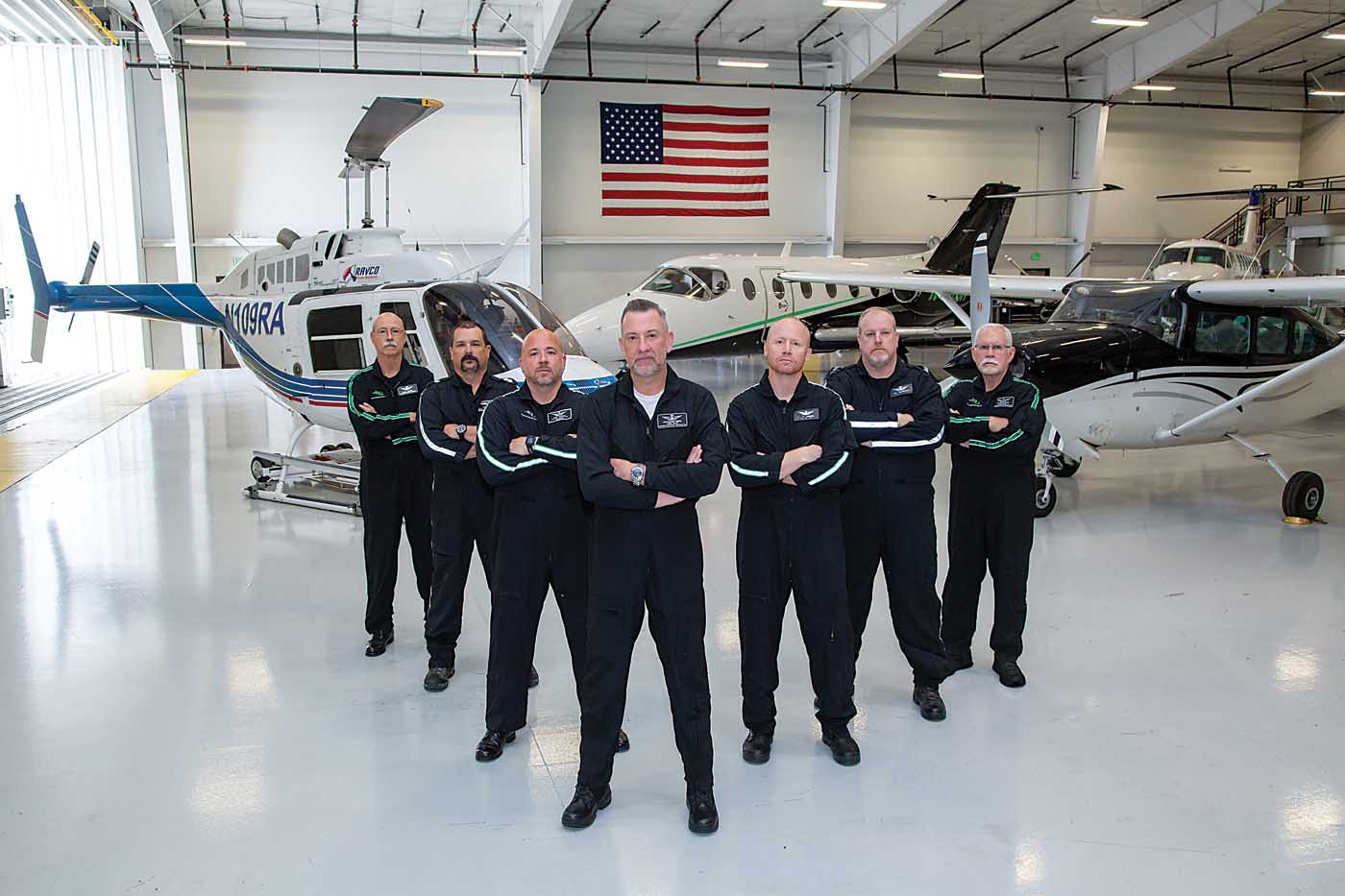The European rotorcraft market is poised for the widespread adoption of night vision technology, particularly in law enforcement, emergency medical services (EMS) and other critical missions — and they are benefiting from the dramatic improvements made over the last 20 years. This night vision revolution is similar to a trend in the U.S. that began in the late 1990s, thanks to the efforts of pioneering night vision company Aviation Specialties Unlimited (ASU) from Boise, Idaho.
“The market and our company have grown substantially over that time,” said Kip McDermott, vice president of aviation services for ASU. “Today, somewhere around 98 percent within the EMS community here in the U.S. is flying night vision goggles. And, of course, internationally, that is coming on very strongly as well.”
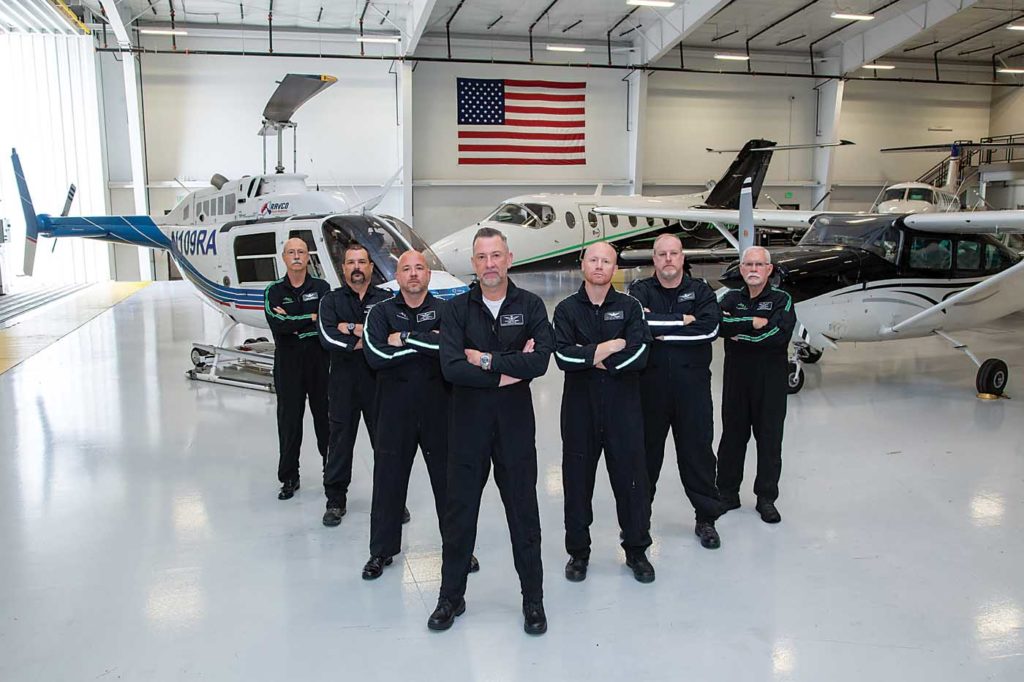
ASU specializes in custom night vision aircraft modifications in both the rotorcraft and fixed-wing markets, with more than 70 supplemental type certificates (STCs) covering roughly 125 aircraft models.
This includes the recent approval of night vision modifications — under a single STC from the European Union Aviation Safety Agency (EASA) — for Bell 212, 412, AB212 and AB412 aircraft.
“We’ve modified everything from a Robinson R66 or R44, all the way up to heavy lift aircraft, such as the Boeing CH-47 or the Airbus Puma AS332 series of aircraft,” McDermott said. “So, we’ve got a very broad spread of modifications, not only in airframe types but also in operational types.”
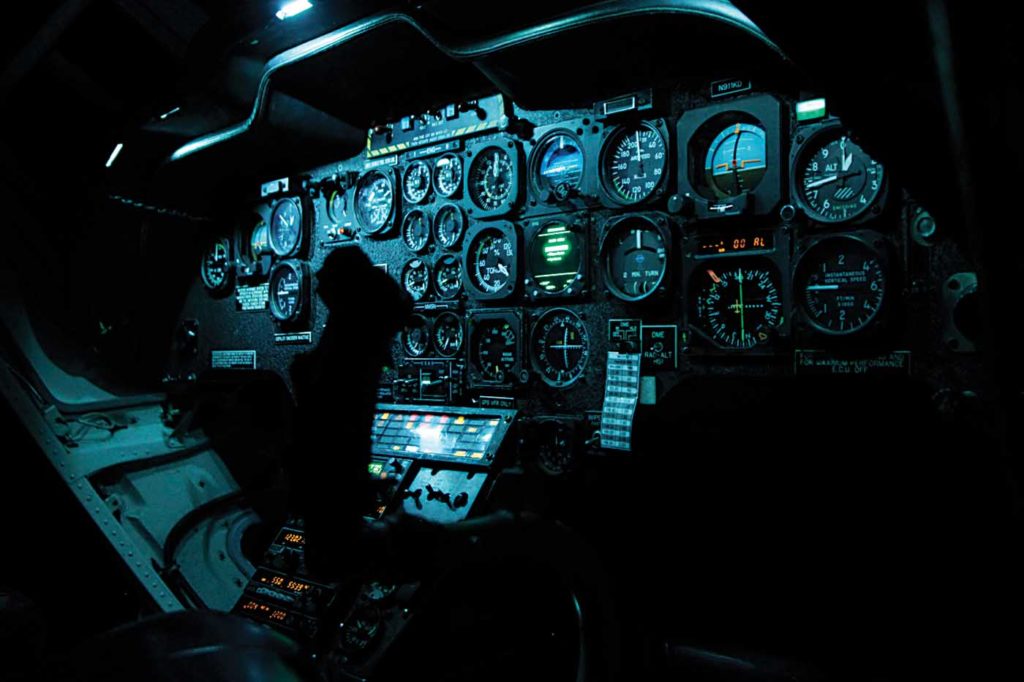
ASU spearheaded the adoption of military-grade night vision goggles (NVGs), night vision training, and holistic night vision imaging systems (NVIS) to the U.S. civil rotorcraft market.
The company traces its roots to 1995, when a former U.S. Army aviator named Mike Atwood began working with the U.S. Federal Aviation Administration (FAA) and other agencies to allow unrestricted NVG use among first responders and law enforcement agencies.
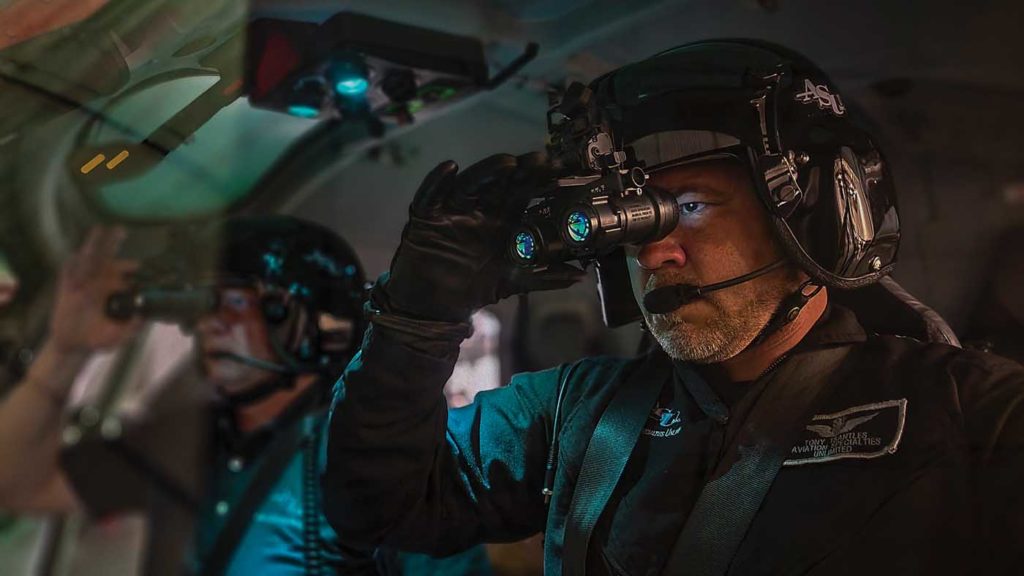
Today, night vision capability is the new standard for critical missions, and ASU continues to specialize in custom aircraft modifications that help operators save lives in the U.S., Europe and around the world.
“We’ve got the experience, we’ve got the people, and we’re constantly growing the list of aircraft we have STCs for,” said Dan Meyer, director of sales and customer success for ASU. “But what really sets us apart from our competition is our ability to return the aircraft to service. We do the full process, from design to installation to certification, and then return to service. And that’s important to the customer. They want that aircraft on the ground for as little time as possible. Our standard lead times are shorter than anyone else in the industry, our pricing is super competitive, and our product is the best on the market.”
It takes just eight weeks for ASU to complete a typical, minor aircraft modification, and the company has the benefit of unrivaled expertise from thousands of installations over the years.
“Each cockpit you learn, you gain new knowledge — you bring something new to the table,” McDermott said. “So, our future customers benefit from that knowledge base we’re growing every day. It creates an even better cockpit, an even better product, each and every time.”
Although many new helicopters are NVIS-ready when they emerge from an original equipment manufacturer’s (OEM) production line, McDermott noted that challenges may arise later in the lifecycle of those aircraft.
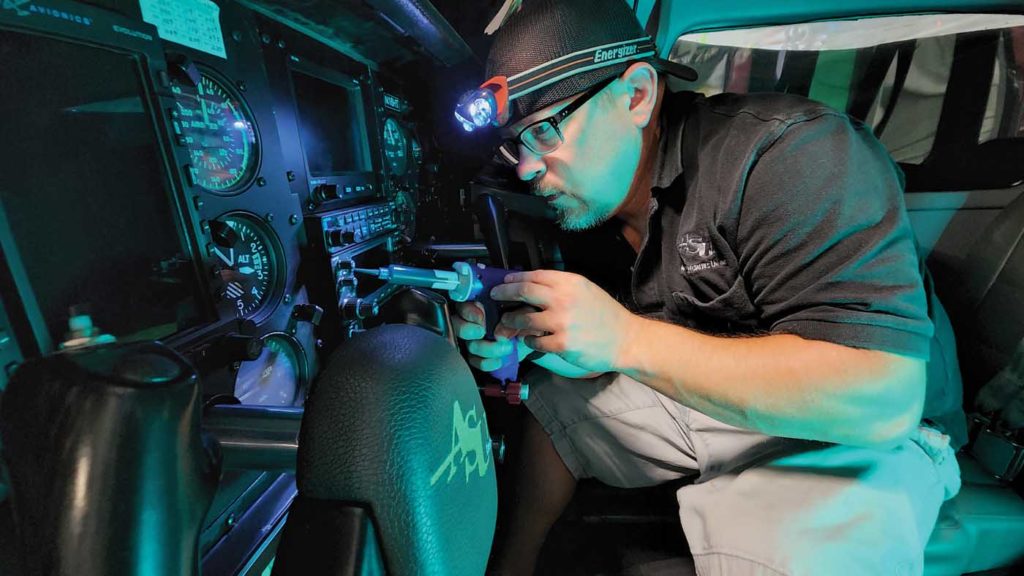
When operators add new radios, avionics and global positioning systems, in many cases, they also need to upgrade their night vision capabilities to ensure pilots and passengers remain safe.
“OEMs do a great job of producing aircraft and airframes,” McDermott said. “They’re maybe not as adept at doing the small items that are required for those types of changes. And that’s where ASU can step in. We can apply our STC, we can capture and identify what was OEM NVIS, and we can provide the operator the capability to move forward.”
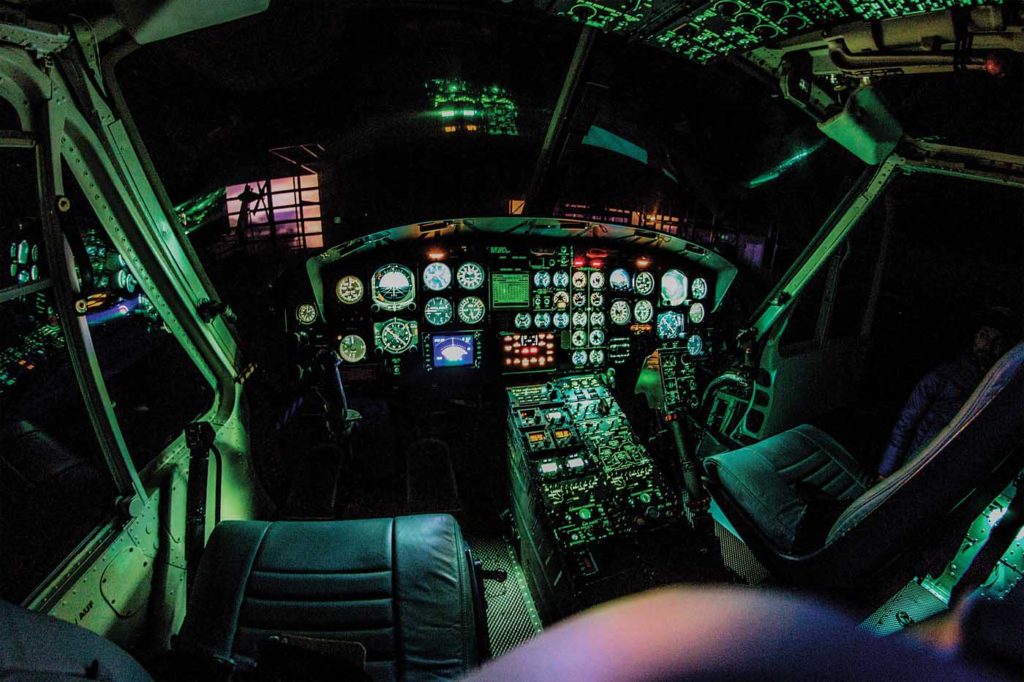
This kind of minor upgrade uses a “bridge STC,” which allows ASU to modify OEM night vision hardware quickly, providing regulatory compliance with minimal downtime.
ASU also provides night vision modification installation kits for larger operators who prefer to complete upgrades in-house.
“At the end of the day, a good word is ‘flexibility,’” McDermott said. “We’re certainly a company that can offer that.”
As European operators begin to embrace the night vision revolution, ASU is here and ready to serve — focusing on long-term relationships, outstanding knowledge, and exceptional customer service.
“We provide night vision solutions that save lives,” Meyer said. “We want to ensure customers have the equipment, training, knowledge, and aircraft modification in order to be safe in their mission. We’re a one-stop shop. There’s no one else like us in the world focused solely on NVGs, and making sure the customer has everything they need to complete their mission safely.”





